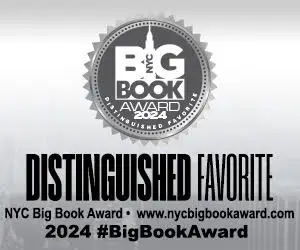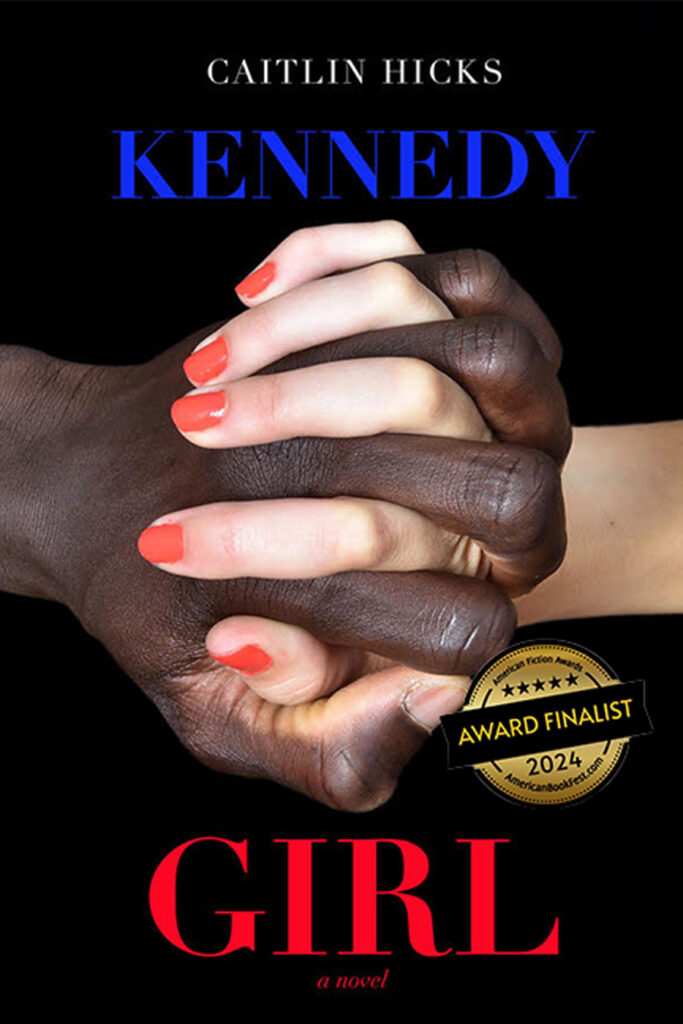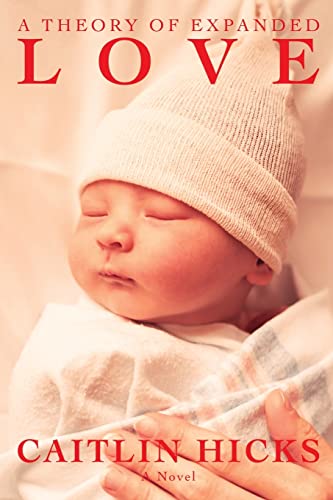When I toured the UK this summer, with my one-person play Singing the Bones, I performed at a conference in the same venue right after a well-credentialed performance artist from New York. The audience trashed her piece; some were disgusted they had wasted their time on it, others said this is what gives one-person performances a bad name. Unfortunately my audience was quite small after her show, I think in part to their disappointment.
And I remember the techies talking about how difficult she was before the show – she held the door 45 minutes after the start time because she ‘wasn’t ready’, was generally cranky and then did a boring and self-indulgent piece – in short, unforgivable all around.
I thought about this woman; I compared her to myself and came up with some empathy for her – she was completely alone in her work. Her piece was a tribute to her partner and collaborator who had died. This really got me thinking – because I work with my partner.
As a woman who writes and performs my own work, I realize I am lucky to have a creative partner, who gives me honest feedback, from dramaturgy to acting direction to set design and production assistance. He believes in me and trusts my creative drive and insights, but he also doesn’t like something that fails to communicate. He comes from a visual art background and so offers variety and form to the mix.
We have a relationship where discussion is part of the process and arguing is not taboo; bouncing ideas off the skeptical other and winning them over, or backing down, or coming up with some kind of hybrid new thing out of the old arguments. He’s always there before the show, dealing with the technical details, making sure the slides and sound and lights are the way they should be, so I can concentrate on the work of the play itself.
Once he was painting a huge mural project in the east when I had to do a show locally. On short notice, I had to train the techie to do the show and it fell to me to make all those last minute decisions in the venue right before the show – production decisions. I had to oversee the success of the show, even as I was to be its main performer. I wasn’t able to concentrate fully on the ‘live’ task at hand, performance of the piece itself. The show went okay, certainly not stellar, but the pressure was enormous. Ever after, I have truly appreciated my creative partner’s support.
What is also worth noting – women do one-person shows because money is the great equalizer in our culture, and men are still at the gate, making decisions to stage plays that generally speak to their experiences (and therefore are generally written by men). Determined women want their work to see the light of day, sometimes choose to perform it themselves.
It’s cheaper to put up a one-person show than a three-person show. If it’s just you, you build your own audience, promote your own work on its merits – and you don’t have to convince some guy who has his own personal agenda that your work is worthy to be heard.
Because of all this, I can’t criticize a performers of a one-person show, even when I sit through something which falls flat, short, or boring. I have to say, in the end, it’s just too bad she can’t get more support for her work. Because maybe, somewhere in there is a jewel that just needs a little process and help, shall we say, to shine.
In a discussion of the tradition of a well-made play, the one person performance piece is a realm that belongs to women, simply because of this economic and systemic reality we still face as women in theatre, as women in the culture which more often reflects men.
My work is women-centered. When I have received criticism from men it has been: disinterest, or criticism that it isn’t universal enough, or that the themes are too small for their stage, too intimate, too serious, or not their kind of topic. Some who have witnessed the work have just felt ‘too uncomfortable’. Others have suggested that if I just take out this line or that line (I now call this ‘the vagina line’ to illustrate their squeamishness around all things female). My audiences, however, seem quite satisfied with what I offer.
And thank the goddess! I made the decision years ago that I wasn’t going to convince one more male artistic director that my play would be worth considering. Instead, I was going to put it up myself and listen to my audience for their response. On this journey, I have been lucky to be in relationship with a highly creative person who was attracted to the theatre and to my distinctive female voice as a playwright, and was wiling to collaborate with me.
For every ‘unforgivable’ or ‘self-indulgent’ one woman play out there that doesn’t live up to our expectations of excellence, we ought to have at least one idea for those who must ‘go it alone’. Because in the end, the work is presented in community, about our experience of the human condition. We need support to be the best we can be; and we must find ways of getting that essential help so we can go it alone when the lights go down. And shine in the strength and uniqueness of our own voice. –Written in 1998


